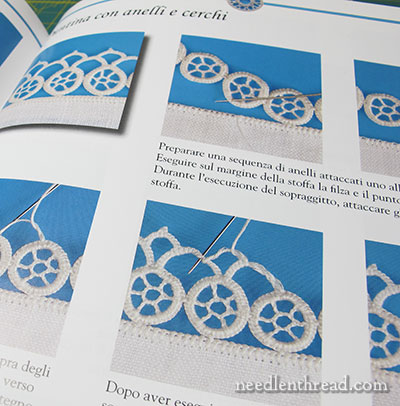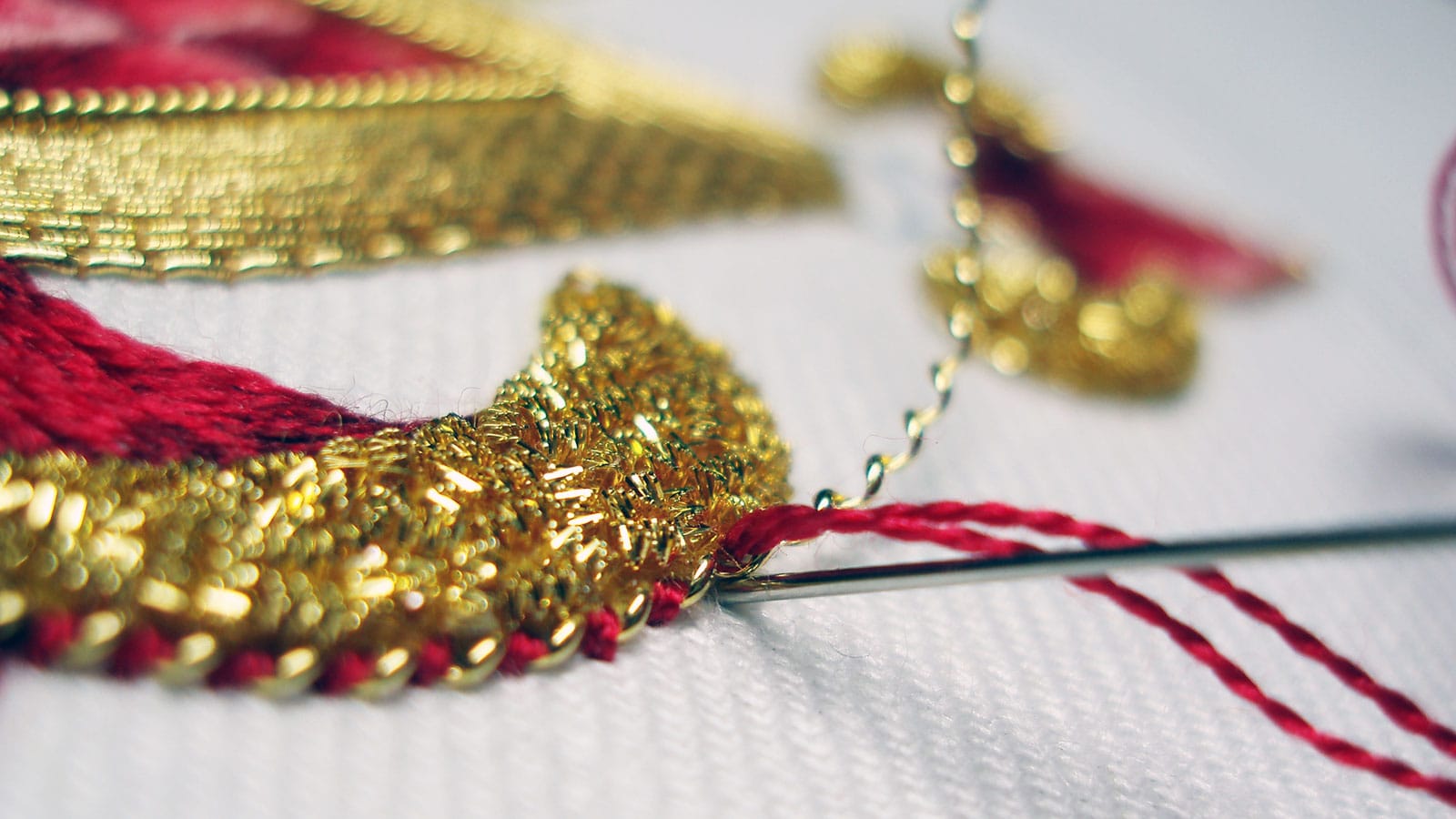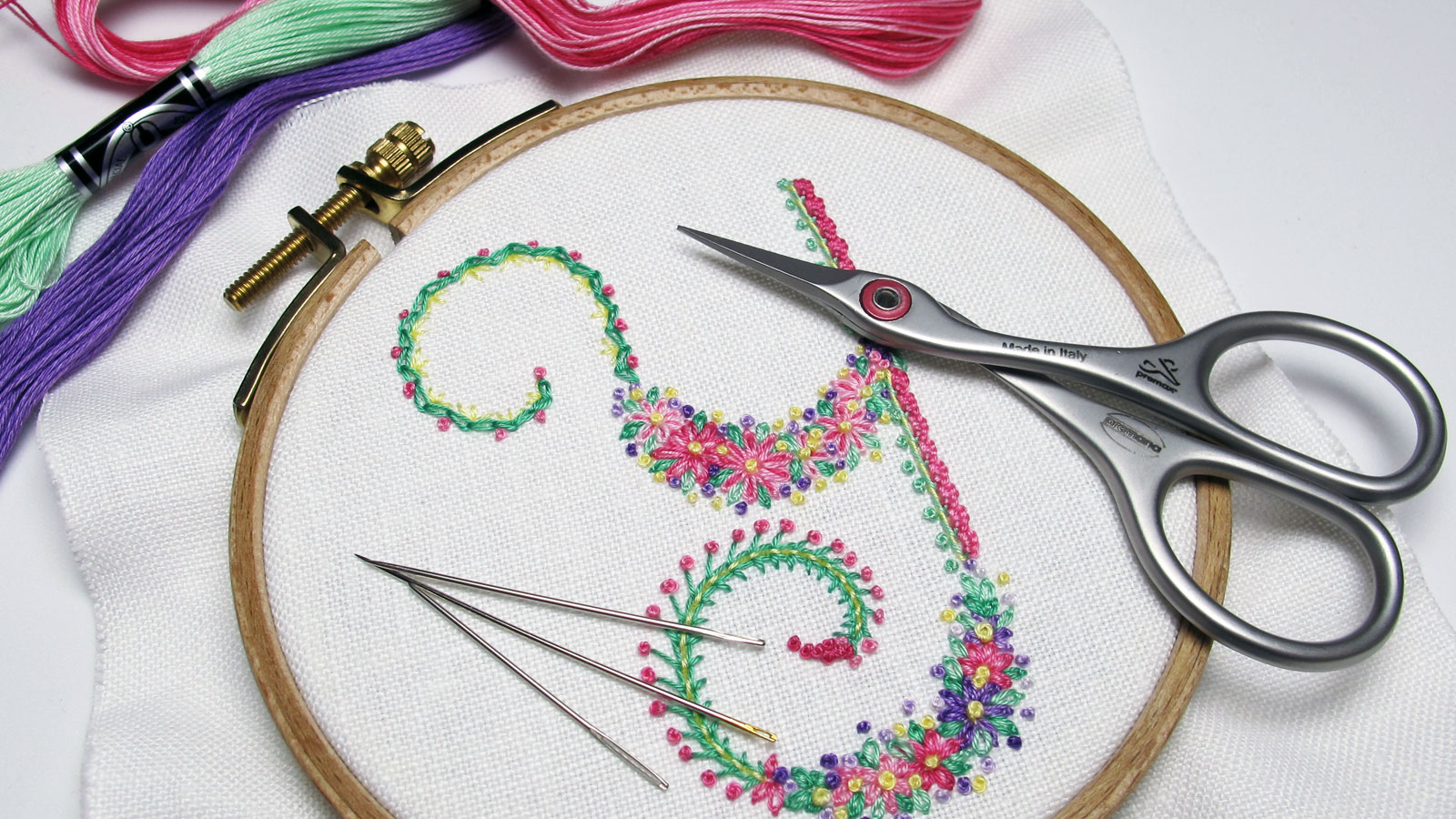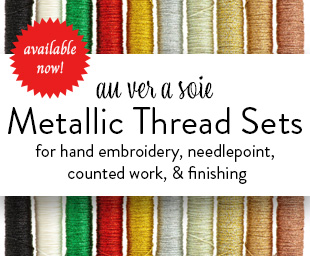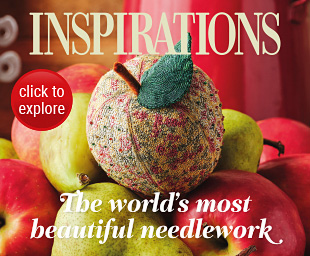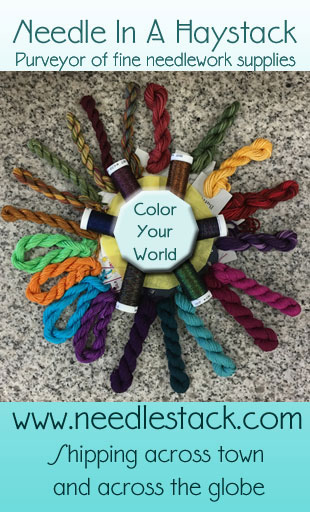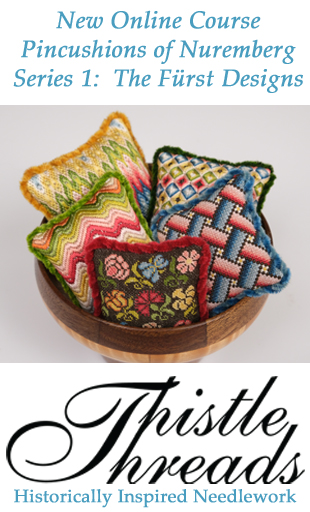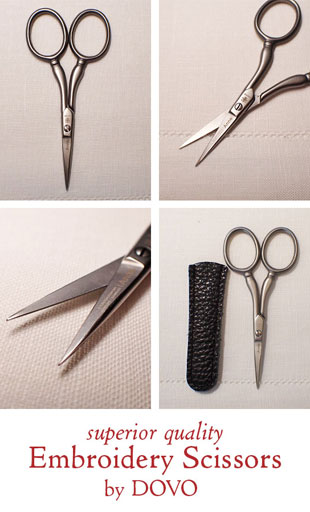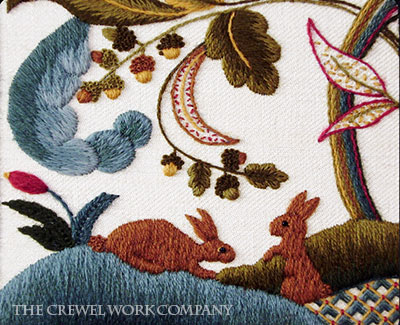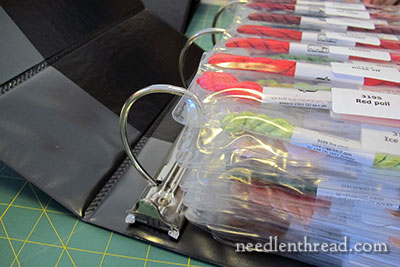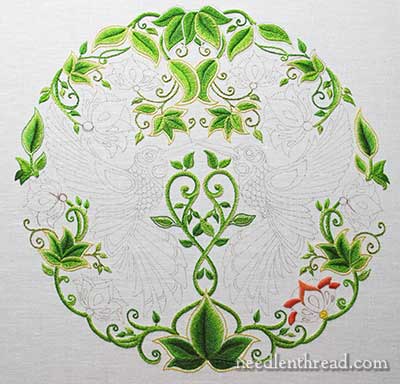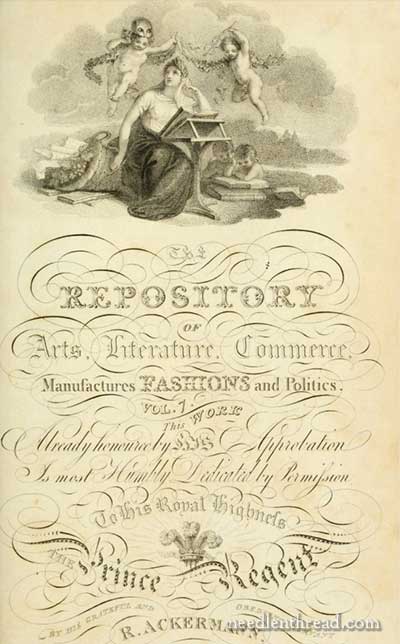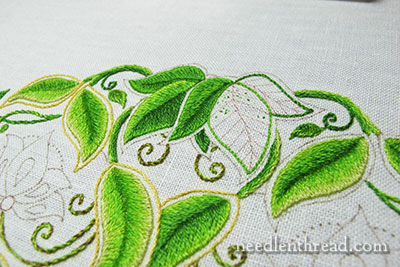Hedebo embroidery is a type of whitework originating in Denmark, perhaps as early as the 15th century (according to Flora Klickmann in The Cult of the Needle).
Hedebo is unique style of whitework, in that it involves seven distinct types of stitched elements in its composition, each type being added to the general make up of Hedebo over time as Hedebo developed and evolved. What began as stylized, rather stiff geometric drawn thread embroidery eventually evolved in the early 1800’s to a freer type of openwork ornamented with satin stitch, cutwork, and needle lace.
Today, we associate Hedebo mostly with cutwork and needlelace, as these make up a recognizable part of most Hedebo embroidery.
Guida al Ricamo Hedebo, or Guide to Hedebo Embroidery, by Laura Marzorati and Stefania Bressan, is an excellent beginner’s guide to the basics (and beyond!) of Hedebo. Here’s a closer look at the book.
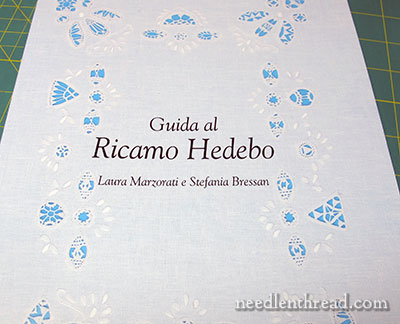 Continue reading “Hedebo Embroidery – A Book Review”
Continue reading “Hedebo Embroidery – A Book Review”
